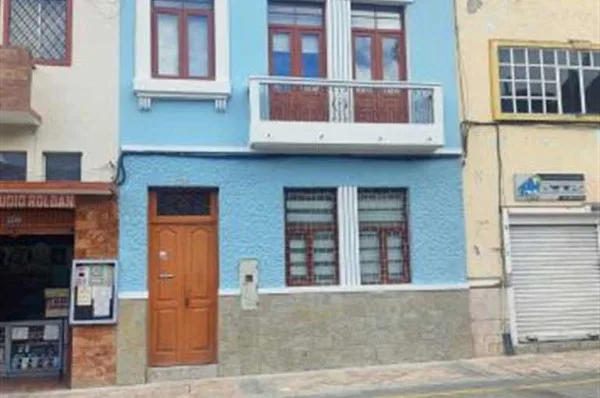Big cats roam the wilds of Guayaquil
By Andrew Wight
Despite being home to millions of people, the city of Guayaquil is right on the edge of coastal mountains and mangrove habitats swarming with biodiversity – and possibly still a jaguar.
Juan de Dios Morales, nature photographer and principal founder of the Wild GYE Initiative, says his group has been using camera traps to look for the last remaining individual Jaguar of Guayaquil, Ecuador’s second most populated city.
“It was last photographed in 2011 and we really hope it is still thriving in our urban tropical dry forest,” Morales said.
Morales said a one-year camera trap project by Wild GYE yielded a total of 80 species of reptiles, birds and mammals including grey-backed hawks, king vultures, Agouti, Red Brocket Deer, Ocelots and even a first record of a Neotropical Otter found in this critically endangered tropical dry forest.
This project is in the Cerro Blanco Protected Forest (CBPF), one of the largest urban protected tropical dry forests in Ecuador, containing 6,078 hectares around, 250 bird species, 30 reptile species, and 55 mammal species.

Juan de Dios Morales, founder of the Wild GYE Initiative , with a camera trap.
“Hosting an estimated 40% of Ecuador’s population by 2025, Guayaquil demands an extraordinary fast-pace usage of natural resources that activates habitat loss due to land-use changes driven by an Americanized urban sprawl dream and monoculture agricultural expansion,” he said.
Morales says finding evidence of wildlife in the city surroundings isn’t just of importance to raising awareness of biodiversity among the residents of Guayaquil, it can help to spark a recognition of larger environmental issues.
“While being the manager of a research station at the Yasuni Biosphere Reserve, where I met thousands of students from all over the world, I realized that most of them did not recognize how privileged they were,” Morales said, adding that those same students didn’t realize how their personal decisions impacted on wildlife in far-away areas.
“This was my eureka moment: I realized that nature in cities will be the first keystone piece to sensitize people and move their personal interest, driving them to better understanding and acknowledgement of their local wildlife and consequently, trigger their interest in conserving far away areas such as the Amazon,” he said.
“I believe the South American continent is still the most privileged region, full of pristine natural resources if compared to Asia and Africa, where socio-economic problems are manageable and nature conservation is still likely to be an achievable hope,” Morales said.
Morales says Latin American cities need to think wisely about the future they want to avoid and the past they want to embrace, meaning they can seize the opportunities provided by global technology and develop sustainably without comprising valuable natural assets.
“I believe cities like Guayaquil could serve as pilot examples for biodiversity conservation with a strong sense of environmental stewardship and empowerment of new generations; these generations who are demanding and requiring nature to be preserved, to be used sustainably, and more importantly, to be locally acknowledged,” he said, “Nowadays, globalization is giving us the power to surprise, the knowledge to thrive and the reason to walk-by together with all the living creatures.”
___________________
Credit: Forbes


















